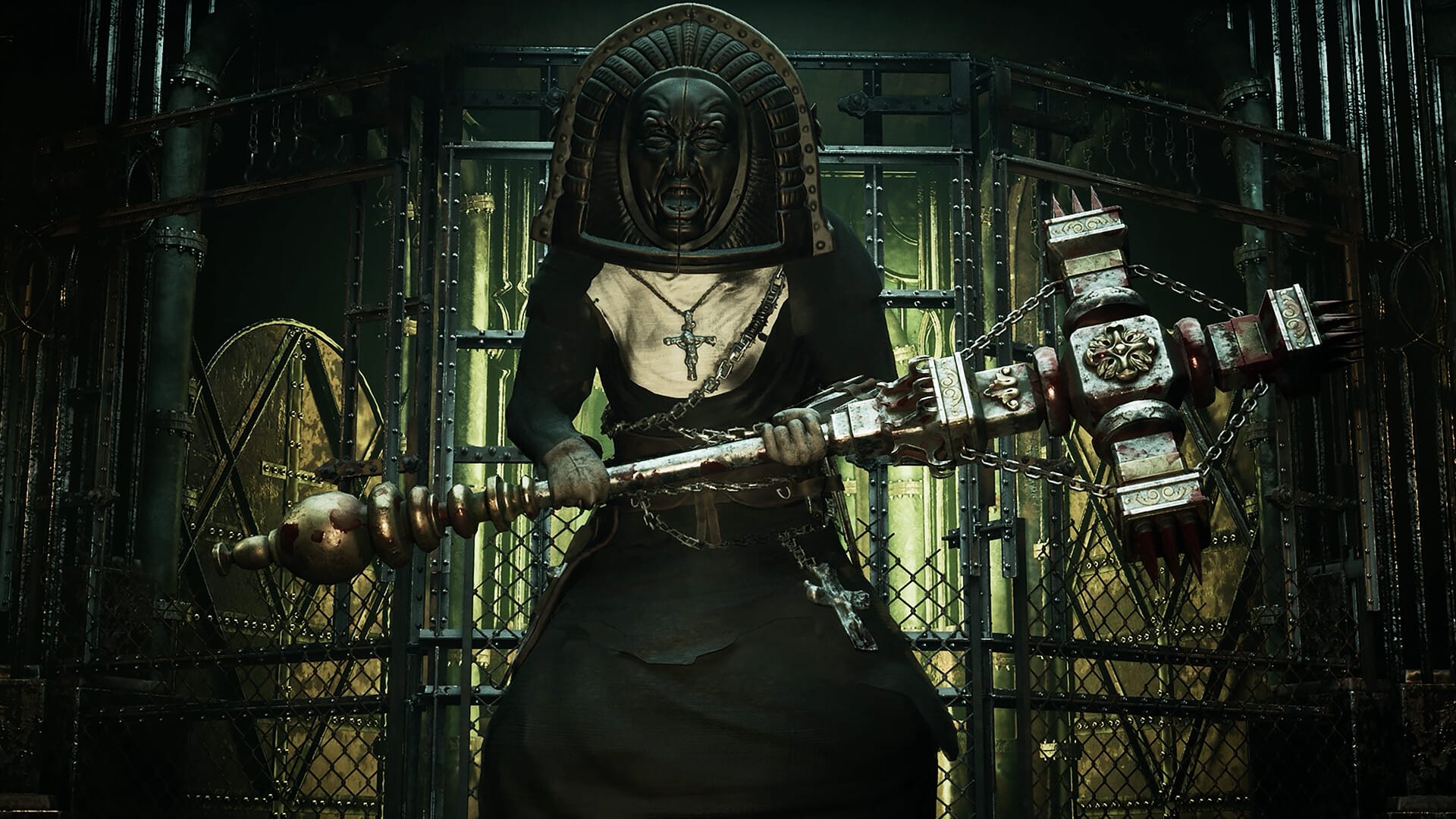A Robot Named Fight is a self-described “Metroguelite” — a Metroid-inspired roguelike with some light elements of persistent progression. It’s run-based, meaning the lay of the level changes every playthrough. On paper, that sounds like a solid idea. Unfortunately, it doesn’t quite work.
Mechanically, it’s good. The game wears its Metroid inspiration on its sleeve, with the character design and movement vaguely evoking Samus, even going so far as to have doors that need to be shot open to move between rooms. Your abilities run the gamut from different shot types (fire, electric, missile, and so on) to moves like slides or higher jumps to expand your maneuverability. What kind of abilities you’ll get vary each run, which keeps things interesting since you never quite know what build you’ll be working with.
One problem I find with most roguelikes is how easily they push you toward a very particular set of skills or equipment as you become more familiar with the game. Within a couple hours, I generally know what I want to use on any given run, and immediately lose any incentive to experiment. That A Robot Named Fight doesn’t allow you to ever count on getting any one item or ability makes each playthrough more interesting. Granted, the differences between the majority of skills are small given they primarily change your gun’s attributes, but they still potentially lock off sections of the map depending on what abilities the game has generated a map around and where they spawn.
The game’s problem lies in how quickly you see rooms repeat. Within a few runs, I was already seeing the same few rooms and enemy locations repeat. That’s inevitable due to the limits of procedural generation, and in A Robot Named Fight’s case, where level design is determined by shifting the placement of pre-fabricated rooms, the speed at which it happens dulls some of the excitement. I felt like I’d seen all the rooms the first zone could generate long before I managed to clear it for the first time.

Roguelikes work because they provide an element of unpredictability. Every run offers the potential to be unique because the level design is dictated by algorithms. Spelunky works because it sparsely relies on authored content. Its levels are made up of individual tiles that can be arranged in countless configurations, ensuring you’re never likely to see the same level twice. Similarly, Dead Cells succeeds by disguising its authored elements among its more general level pieces, and by letting you decide which areas you want to run through on any given run. Granted, both these games do rely on building familiarity to varying degrees — you can always count on a shop appearing in every second or third stage in Spelunky, just as you always know to grab a key to progress in certain areas of Dead Cells. It’s an inescapable part of these kinds of games. The difference lies in how they leverage it.
Spelunky uses those elements of predictability to give you something to latch onto. Knowing that shops will appear somewhere on certain stages means you can plan around that if you end up needing to resupply your bombs or ropes. It means if you encounter snake pit, you can count on there being a shotgun buried down there, if you’re willing to take the risk of descending into it. It’s knowledge that comes to serve you as you start to learn the finer points of the game, a counter to the otherwise unpredictable dangers it creates.
In A Robot Named Fight, the only element of unpredictability is in how it arranges its rooms. Everything else feels static and consistent, making the game more one of memorization and muscle memory than on the fly problem solving. And while it’s understandable given the nature of games that follow Metroid‘s example — familiarity is key when you’re going to be traipsing back and forth across the entire map — in a game that wants to be run-based, it feels at odds with itself because you’re not building familiarity with a space, only the bits and pieces used to build it.
As much I began to enjoy the game the more I played, every death I suffered killed my desire to keep going. Knowing I’d have to play through the same rooms again, fight through the same groups of enemies again in the hopes of getting a bit farther than before is tough when I have to keep starting from scratch. It feels less like starting a new run in a roguelike and more like starting a whole new playthrough in a traditional Metroid game. Permanent death may work for roguelikes, but in a hybrid of Metroid-style design and roguelike sensibilities, it just doesn’t come together.




